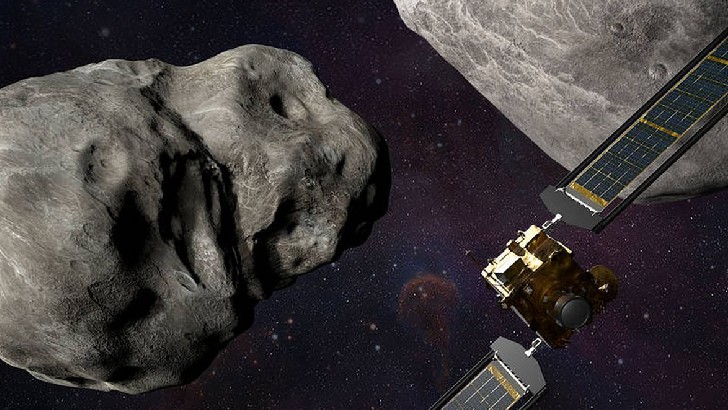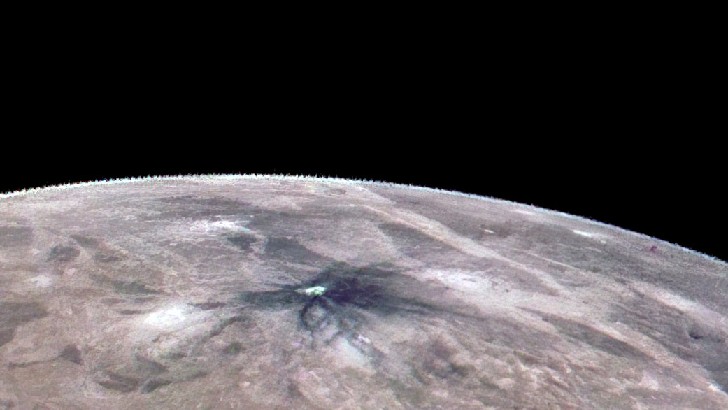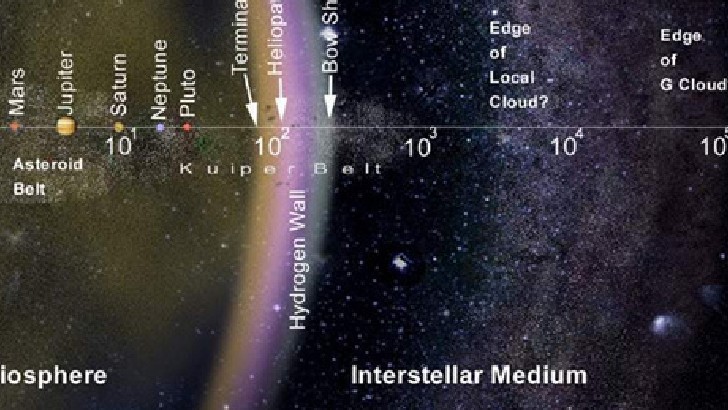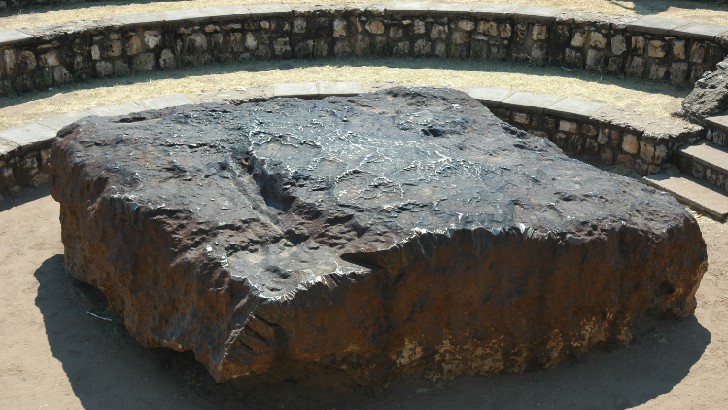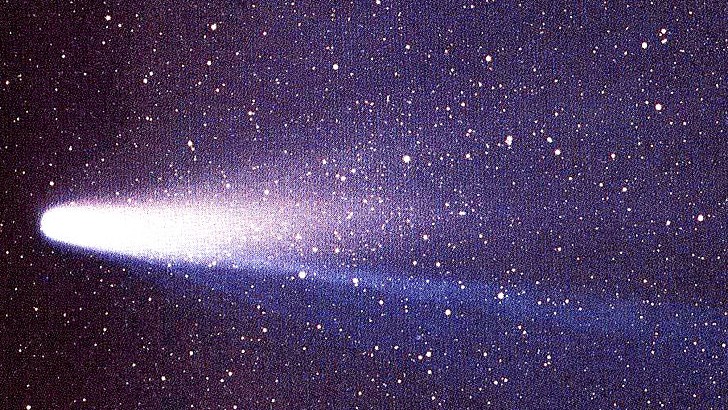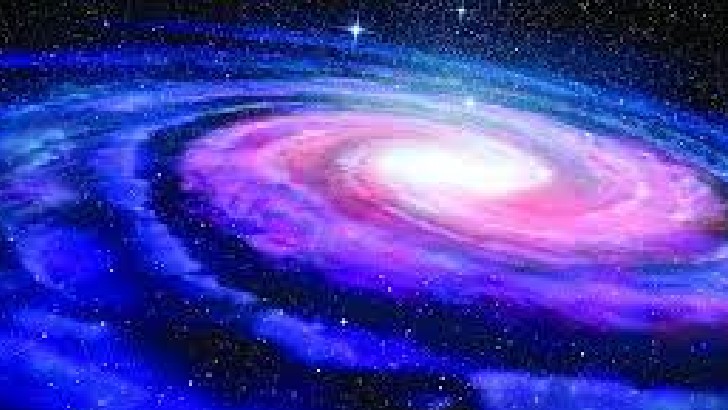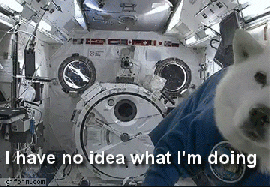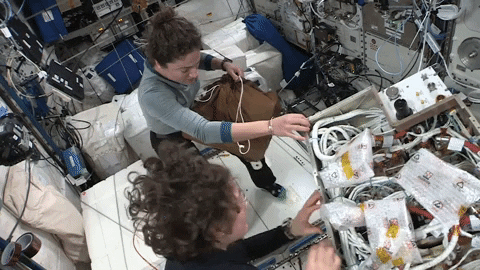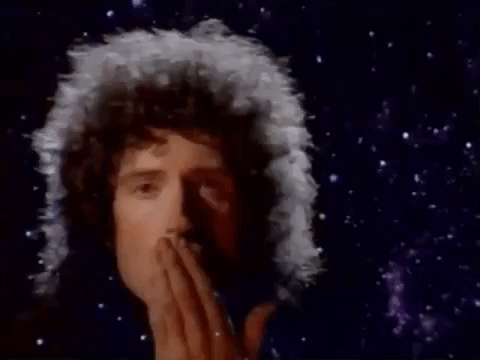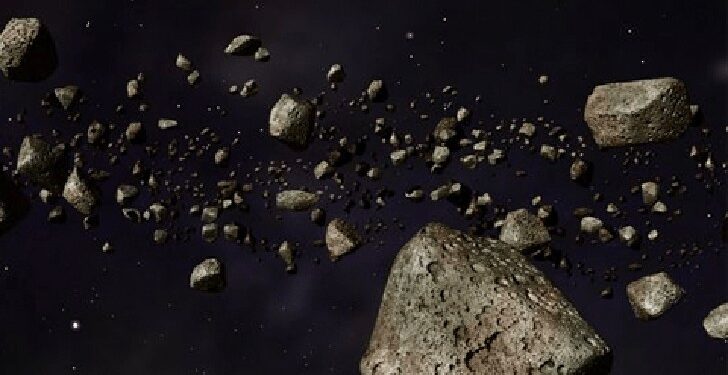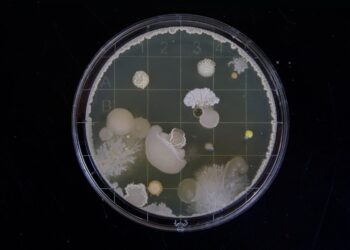We know you can name the planets, but can you name these other celestial bodies? Take our Space Quiz to find out!
Volcanoes erupt with ash and heated lava. What are “ice volcanoes” unable to erupt?
Sulphuric acid
Consider a volcano that vents methane, ammonia, and/or water. That is what the ice volcanoes on several moons, including Pluto, spew forth, with some reaching heights of up to 250 kilometers.
Moons can even have their own moons. What is the name of the moon within a moon?
Moonmoon
Although there are other, more scientific words, such as “subsatellite” and “submoon,” moonmoon is the most memorable. When a moon exerts enough gravitational force, either a natural or man-made satellite will be drawn to it.
There are now six recognized dwarf planets in our solar system. Which of them is NOT one?
Io
A dwarf planet must meet three requirements in order to be considered one: it must orbit the Sun, be approximately spherical owing to its mass, not be a moon, and not have “cleared the neighborhood surrounding its orbit.” Pluto was formerly one of our solar system’s nine planets, but in 2006, he was downgraded to the status of dwarf planet. Ceres, Eris, Makemake, Haumea, and most recently, RR245 are the other five.
What galaxy is nearest to us given that it is both close by and so far away?
Sagittarius Dwarf Elliptical Galaxy
Canis Major Dwarf Galaxy
Previously, we believed that Andromeda was the Milky Way’s nearest neighbor. However, it was found in 2003 that the Canis Major Dwarf Galaxy was nearby. In contrast to Andromeda, which is 2.5 million light-years away, it is much closer—only 25,000 light-years from the Sun. However, Andromeda is the nearest “large” galaxy and the furthest object you can see with the unaided eye.
Big Dipper, good bye. Which constellation in the night sky is the largest?
Hydra
The biggest constellation in our sphere of celestial objects, according to square degrees, is Hydra. Hydra covers an area of 1,303 square degrees, or 3% of the sphere.
The power of knowledge. Which celestial bodies are better known to us than the ocean?
The Moon and Mars
Only 5% of the waters on Earth have been thoroughly explored by humans. On the other hand, the Moon and Mars’ surfaces have both undergone a complete mapping process.
Did you realize that the sky contains trash? What are the names of all the spacecraft that were built by humans?
Space Junk
As it turns out, we’re leaving a trail of trash in both space and on Earth. Over 500,000 pieces of space trash, including rockets, satellites, and construction equipment that was unintentionally dumped into zero gravity, are thought to be in orbit around the Earth.
This one is heartless. What astronomical object has frosty pieces of frozen gases in its core?
Comet
A frozen lump of frigid gases combined with rocks and dust makes up the comet’s nucleus. A comet becomes heated by the Sun and exudes gas and dust, creating two tails that may extend for thousands or even millions of kilometers.
A meteor shower, which is a display of shooting stars, may have happened to you at some point. Why do meteor showers happen?
The Earth is moving through the debris of an asteroid/comet
Multiple stars are dying at the same time
A planet has broken apart
The Earth is moving through the debris of an asteroid/comet
Sometimes comet or asteroid debris encounters the Earth as it orbits the Sun. When the debris comes into touch with the atmosphere of Earth, it causes a meteor shower.
All astronauts want to do is have fun. Which toy has been in space for six months?
Buzz Lightyear
Buzz Lightyear was a fitting toy to spend more than a year on the International Space Station, considering his catchphrase is “To Infinity and Beyond.” 2009 saw his return to Earth.
What are exoplanets?
Planets that circle other planets
Planets that orbit around stars other than our Sun
Planets that aren’t part of our solar system
Planets that were excommunicated
Planets that orbit around stars other than our Sun
Planets are in orbit around the Sun, which is a star. And it turns out that there are planets orbiting other stars in our solar system as well. Since the launch of Kepler in 2009, NASA has discovered hundreds of these so-called exoplanets.
The majority of dwarf planets are outside Neptune, the last planet. Which dwarf planet is the only one outside of the solar system?
Ceres
Asteroid Ceres is situated just beyond Mars’s orbit in the asteroid belt. It’s the biggest asteroid and the only dwarf planet in the inner solar system.
All of the asteroids gravitate toward these two planets. The major asteroid belt is where?
Between Jupiter and Saturn
Between Mars and Jupiter
The major asteroid belt is halfway between Jupiter and Mars’ orbits. The belt is covered in hundreds of thousands, or even millions, of asteroids and is shaped like a doughnut.
Armageddon has occurred once more. What size is our solar system’s biggest asteroid?
600 miles in diameter
The greatest asteroid has a diameter of 600 miles, compared to Armageddon’s comet’s meager seven miles. By surface area, Ceres is as large as India and is classified by the International Astronomical Union as both a dwarf planet and an asteroid.
He must be a big man, this man on the moon. In our solar system, which moon is the largest?
Ganymede
Jupiter’s moon Ganymede is by far the biggest, measuring 3,273 miles in diameter (bigger than the planet Mercury). And since Jupiter is the planet with the second-highest number of moons around it in our solar system, there are many to select from.
This cosmic object envelops our solar system like a bubble. Identify that shell.
Oort Cloud
The Oort Cloud is a collection of ice objects that orbits the Sun and its surrounding planets at a distance of around 300 billion light-years. Voyager 1 won’t encounter the bubble-like cloud for another 300 years or so, so we have to wait to find out more.
“Twinkle twinkle, little star…” What causes the stars to twinkle?
The Earth’s atmosphere
You may credit Earth’s atmosphere for that twinkling since without its refraction, we wouldn’t be able to see this phenomenon. Because planets seem considerably larger to human eyes than stars do, planets don’t twinkle because the light that zigzags cancels out, leaving a clear glow instead.
Depending on where they are, meteoroids go by one of three names. What is the name of a meteoroid that impacts the Earth’s surface?
Meteorite
Meteorites are meteoroids that reach Earth’s atmosphere and make it all the way to the planet’s surface. Their chemistry and structure are changed by the heat and force of impact. Meteors are those who don’t make it through the voyage.
Bring out the telescopes! When will Halley’s Comet make its next approach to Earth?
2061
Halley’s Comet was last seen to Earthlings in February 1986. Since the comet swings by every 75 years or so, the next time we see her will be in July 2061.
You are in this type of galaxy RIGHT NOW. The Milky Way Galaxy: What is it?
Spiral galaxy
Viewed from above or below, the Milky Way is a spiral galaxy that resembles a spinning pinwheel. The Sun is located on one of the spiral arms of the galaxy, roughly 25,000 lightyears from its center.
Sorry! You failed the quiz.
Great Job! You are a space genius.
Well Done! You know a lot about celestial bodies.
[giveaway id=12098]













